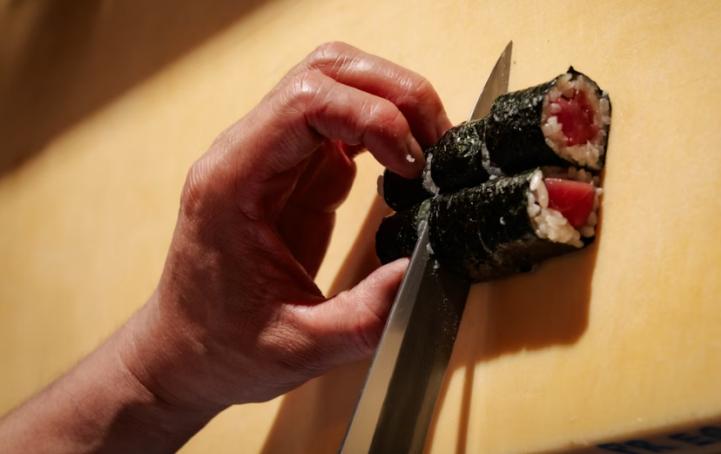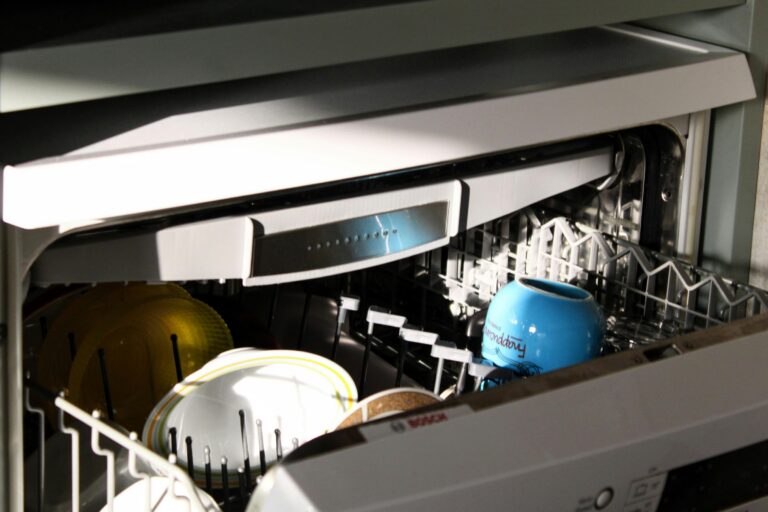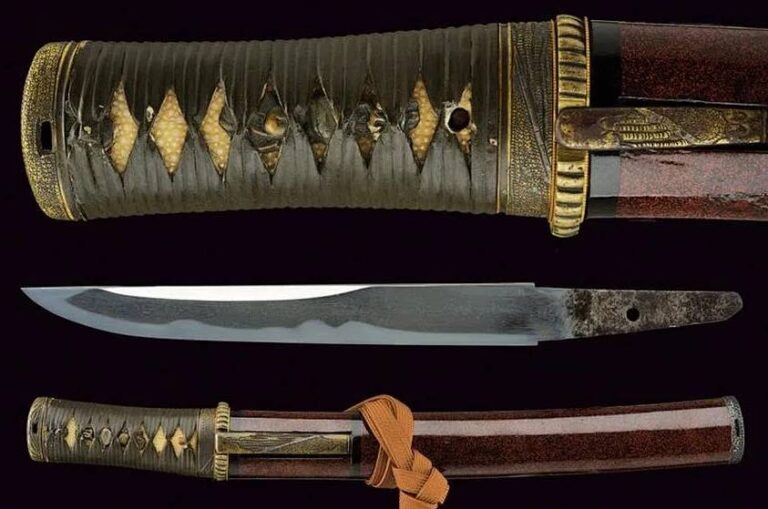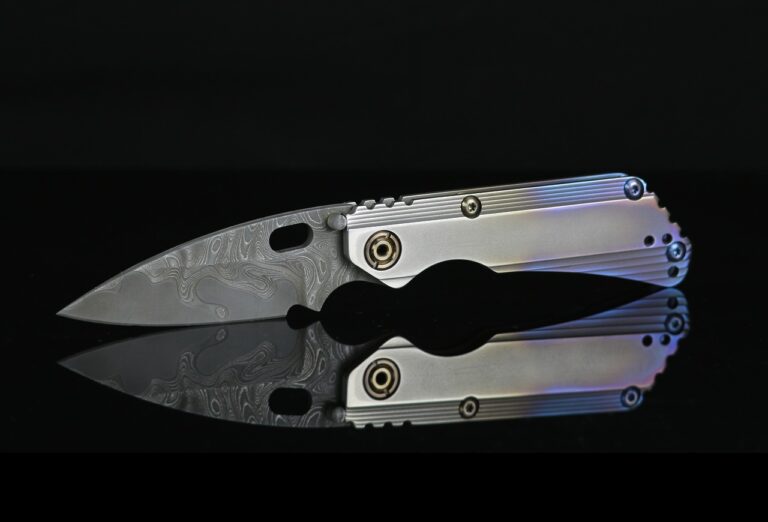Japanese chef knives are world-renowned for their exceptional craftsmanship and cutting performance.
These blades combine centuries-old tradition with modern metallurgy to deliver “incomparably sharp” edges and long-lasting sharpness.
Whether you’re a professional (B2B/OEM) or a home cook (B2C), this guide covers everything you need to know about Japanese knife types, steels, and top brands.
Why Japanese Knives Dominate Professional Kitchens
Japanese knives stand out for their unique qualities. Many are hand-forged by master bladesmiths using high-grade steels, resulting in extremely hard, thin blades that hold an edge much longer than softer European counterparts.
The combination of refined steel and the expertise of blacksmiths creates blades that are unmatched in sharpness and edge retention.
In contrast, German-style knives tend to use softer, thicker steel for toughness, while Japanese steels are harder and more finely grained.
The trade-off is clear: Japanese knives demand more care, they can chip or rust if mishandled, but they reward you with razor-sharp precision and superior edge retention.
Japanese vs. German Knives: Data-Driven Comparison
| Feature | Japanese | German |
|---|---|---|
| Hardness (HRC) | 56-66 | 54-58 |
| Edge Angle (per side) | 10-16° | 14-20° |
| Blade Thickness | Thinner | Thicker |
| Weight | Lighter | Heavier |
| Maintenance | Higher | Lower |
| Edge Retention | Superior | Good |
| Chip Resistance | Lower | Higher |
Essential Japanese Knife Types
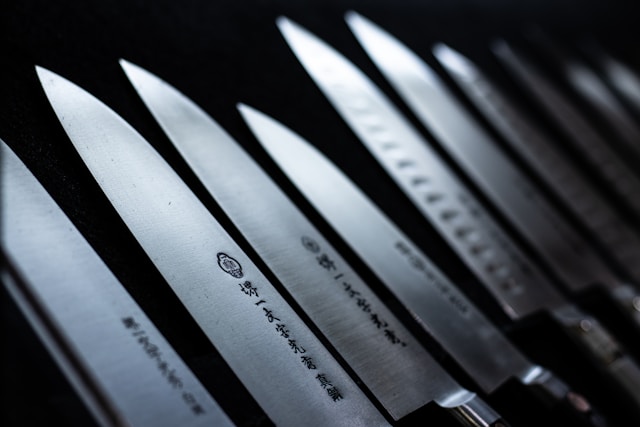
Before looking at brands, it helps to understand the main types of Japanese kitchen knives and the steels they use.
Japanese cutlery includes both Western-style and traditional designs. The gyuto is the Japanese chef’s knife, similar to a Western version, with a pointed tip and a curved edge for rocking cuts.
The santoku (“three virtues”) is a general-purpose knife with a flatter profile and a blunter tip. Santokus are best for push-cutting and chopping, while gyutos handle slicing and rocking motions.
Other common types include the nakiri (a straight-edged vegetable cleaver), the petty (small utility knife), the yanagiba (long sashimi slicer), and the deba (a thick, single-bevel knife for fish).
Each design is optimized for specific tasks, so the right choice depends on your cooking style.
Gyuto vs. Santoku
These two knife types are often compared. Gyutos have a pointed tip and curved edge, making them versatile for slicing meat, fish, and vegetables.
Santokus are shorter, with a flat edge and no belly, so they’re better suited for chopping and push cuts. Many cooks own both: a gyuto for heavier slicing and a santoku for everyday prep.
Japanese Steel Types: Performance Analysis
Japanese knives are typically made with either stainless or high-carbon steels. Popular stainless steels include VG-10 and SG2 (R2):
- VG-10 is known for balancing edge retention and corrosion resistance, often at 60-61 HRC, making it durable for daily use.
- SG2 is a powdered “super steel” with exceptional durability and fine grain at 62-64 HRC, easy to sharpen and ideal for pros.
These stainless steels resist rust and need less care, perfect for busy kitchens.
In the high-carbon category, the two most common are Aogami (Blue Steel) and Shirogami (White Steel):
- Aogami (Blue) offers durability and edge retention at 61-64 HRC.
- Shirogami (white) takes a razor-sharp edge at 60-62 HRC and sharpens easily.
The trade-off: carbon steels tarnish or rust without regular drying and oiling. In short, carbon steels deliver peak performance but more maintenance; stainless are convenient.
Comprehensive Steel Comparison
| Steel Type | HRC | Edge Retention | Sharpening Ease | Corrosion Resistance | Price Range |
|---|---|---|---|---|---|
| SG2/R2 | 62-64 | Superior | Moderate | High | $$$$$ |
| VG-10 | 60-61 | Very Good | Good | High | $$$ |
| Blue #2 | 61-63 | Excellent | Moderate | Low | $$$$ |
| Blue #1 | 62-64 | Superior | Difficult | Low | $$$$$ |
| White #2 | 60-61 | Very Good | Excellent | Very Low | $$ |
| White #1 | 61-62 | Very Good | Excellent | Very Low | $$$ |
| AUS-8 | 58-59 | Good | Excellent | High | $$ |
| ROMOVA 18 | 56-58 | Good | Very Good | Excellent | $$$ |
The best Japanese knife brands: our top picks for 2025
Japan’s top knife brands span five categories, from artisan collectors’ pieces to beginner-friendly lines. This framework helps match your needs, whether for precision, value, or ease.
Before getting to know the specific brands, would you like to know about the main production areas of knives in Japan and the corresponding brands? Please read the following article:
Knife Making Regions of Japan: Complete Guide to Sakai, Seki, Sanjo, Takefu and More
Which Brands Represent the Pinnacle of Hand-Forged Craftsmanship? (Artisan & Collector’s Tier)
Price Range: $500-3000+ | Wait Time: 6-24 months
These heirloom-quality knives are forged by master craftsmen using time-honored techniques, appealing to collectors and pros valuing tradition.
1. Sakai Takayuki (Est. 1920s, Sakai)
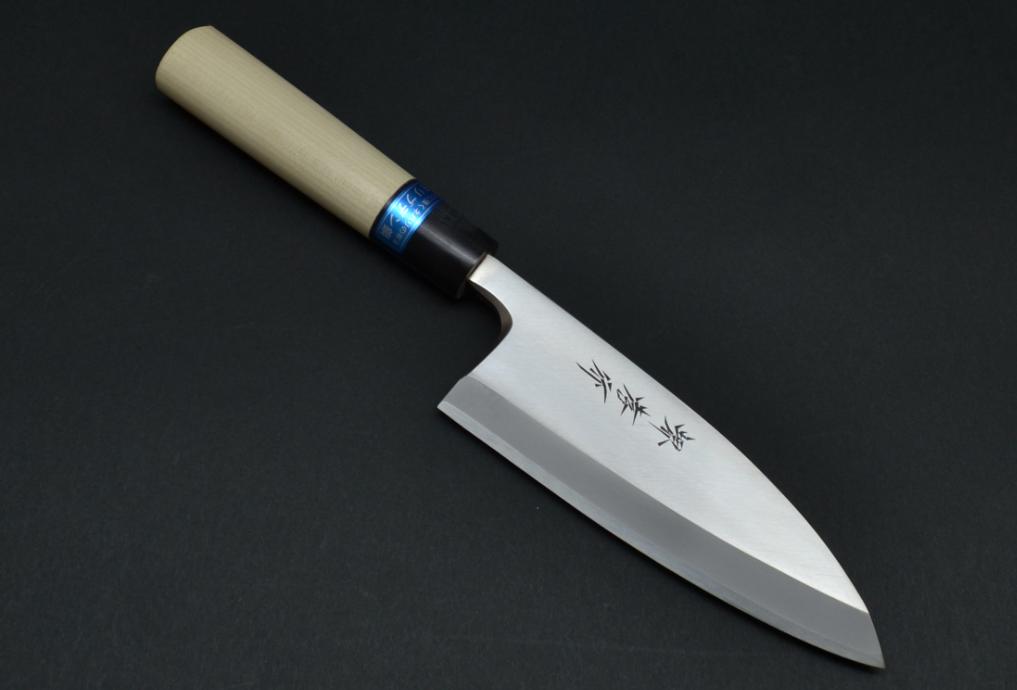
Represents 600+ years of Sakai tradition. Master Smith series uses Aogami Super steel at 63-65 HRC for unmatched sharpness.
- Hand-forged by certified traditional craftsmen
- Specialty: Single-bevel traditional knives
- Example: Grand Chef Gyuto (~$300-$500), ideal for sushi chefs needing precision slicing.
2. Nenohi (est. 1975, Sakai)
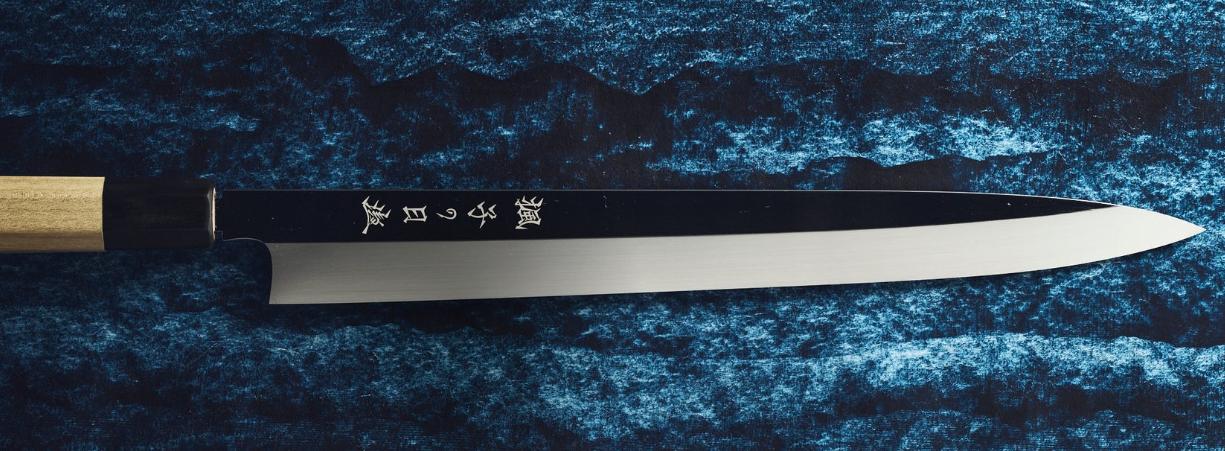
Nenohi focuses on meticulous handcrafting. Its smiths use longer, low-temperature tempering methods to achieve consistent hardness and edge stability. The result is a line of knives prized for both performance and refinement.
- Extended low-temperature tempering (72+ hours)
- Consistent 63-64 HRC across entire blade
- Signature model: Honyaki Yanagiba (~$400-$800), suited for experienced users in high-end kitchens.
3. Shigefusa (Sanjo, Niigata)
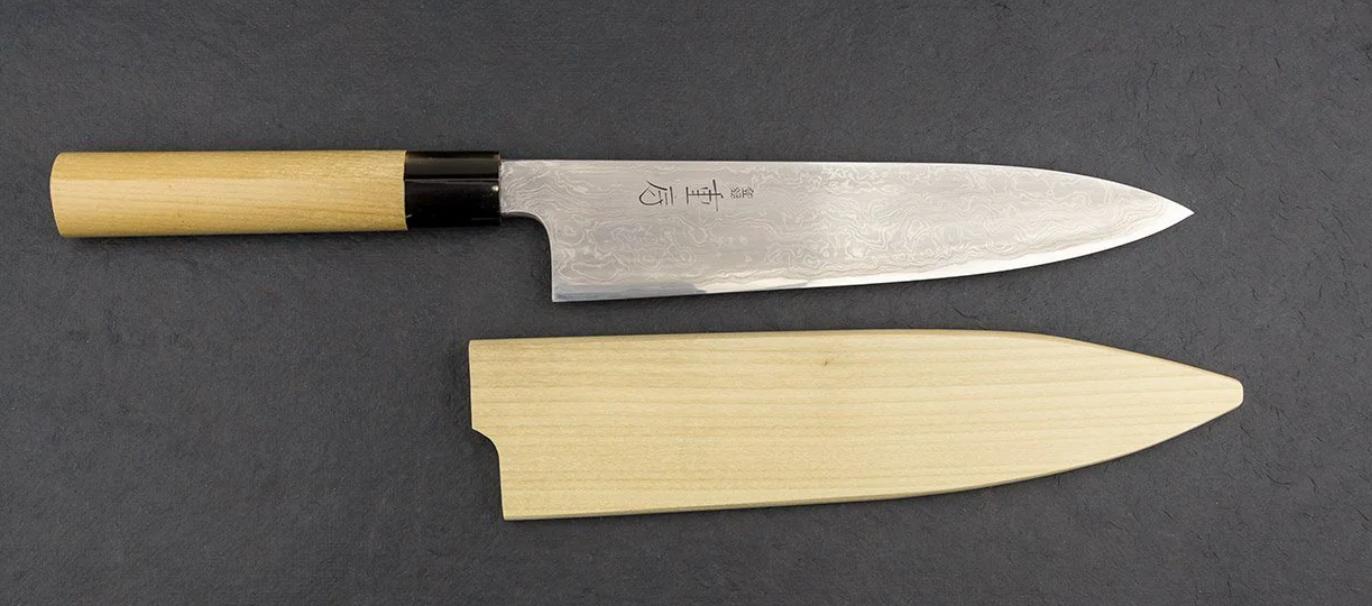
Considered legendary among knife collectors, Shigefusa blades are forged entirely by hand by the Izuka family. Because production is extremely limited, with knives often listed as ‘Sold Out’ across all major retailers, acquiring a Shigefusa can involve waiting lists that stretch for years, making these knives some of the most coveted in the world.
- Waiting list: 2-5 years
- Proprietary “Kitaeji” Damascus steel
- Limited production: ~200 knives annually
- Signature model: Kitaeji Gyuto (~$500-$1000+), a collector’s dream for lifelong durability.
Takeaway: Artisan knives represent the pinnacle of Japanese craftsmanship. They require significant investment and patience to acquire, but they deliver unmatched quality and prestige.
These brands represent the best of large-scale Japanese knife production. They combine advanced technology with fine materials, producing blades that balance consistency, sharpness, and durability.
They’re ideal for chefs and serious home cooks who want luxury performance without the long wait times of artisan makers.
4. Shun (Kai, Seki)
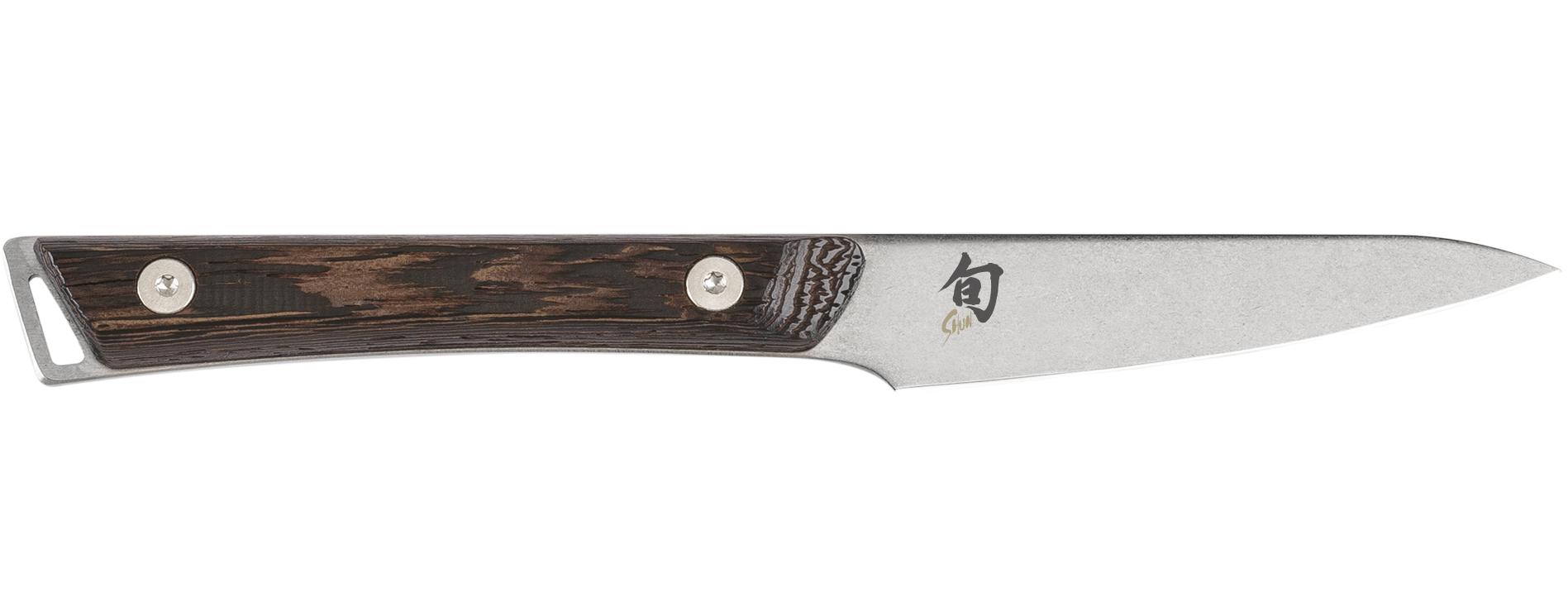
Shun is one of the most recognized Japanese knife brands in the West. Lines like the Shun Classic and Premier feature VG-MAX steel cores clad in layered Damascus and pakkawood handles. With a hardness around 60 HRC, Shun knives deliver excellent edge retention while remaining user-friendly.
As one of the most recognized Japanese knife brands in the West, Shun holds a significant leadership position in the US premium cutlery market.
- 68-layer Damascus construction
- Example: Shun Classic Gyuto (8-inch, ~$150-$250), perfect for versatile home chefs seeking edge retention.
5. Miyabi (Zwilling, Seki)
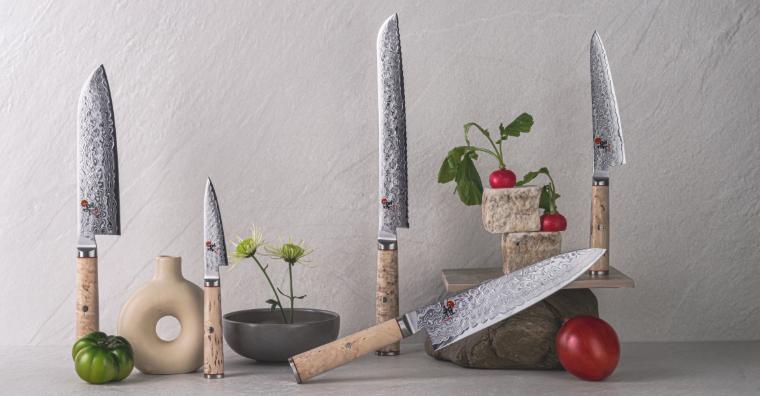
Zwilling’s Japanese line, Miyabi, is built for exceptional sharpness and aesthetics. Popular series such as Kaizen, Artisan, and Birchwood use steels like SG2 or FC61, often hardened to 61–63 HRC. They’re known for their striking hammered or Damascus finishes paired with refined handle materials like birch or micarta.
- Features: CRYODUR ice-hardening process
- FC61 and SG2 steel options (61-63 HRC)
- Birchwood and Micarta handles
- Price Point: $180-450
6. Kramer by Zwilling
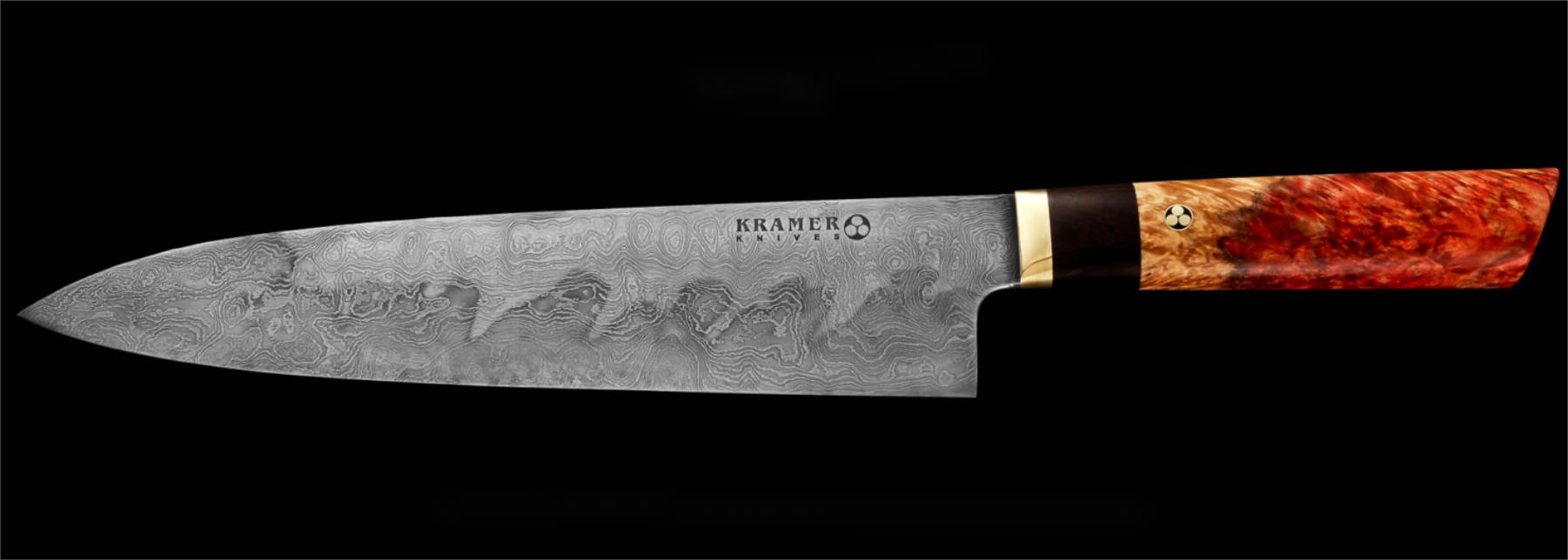
Designed by master bladesmith Bob Kramer, this line merges Western-style ergonomics with Japanese steel performance. Collections such as Meiji often use SG2 or other premium steels at 60+ HRC, making them both functional and highly desirable for collectors and professionals.
- Bob Kramer design collaboration
- 52100 carbon or SG2 stainless steel
- Hardness: 61-63 HRC
- Limited annual production
- Example: Meiji Gyuto (~$300-$500), great for collectors wanting Western comfort.
7. Yaxell (Seki)
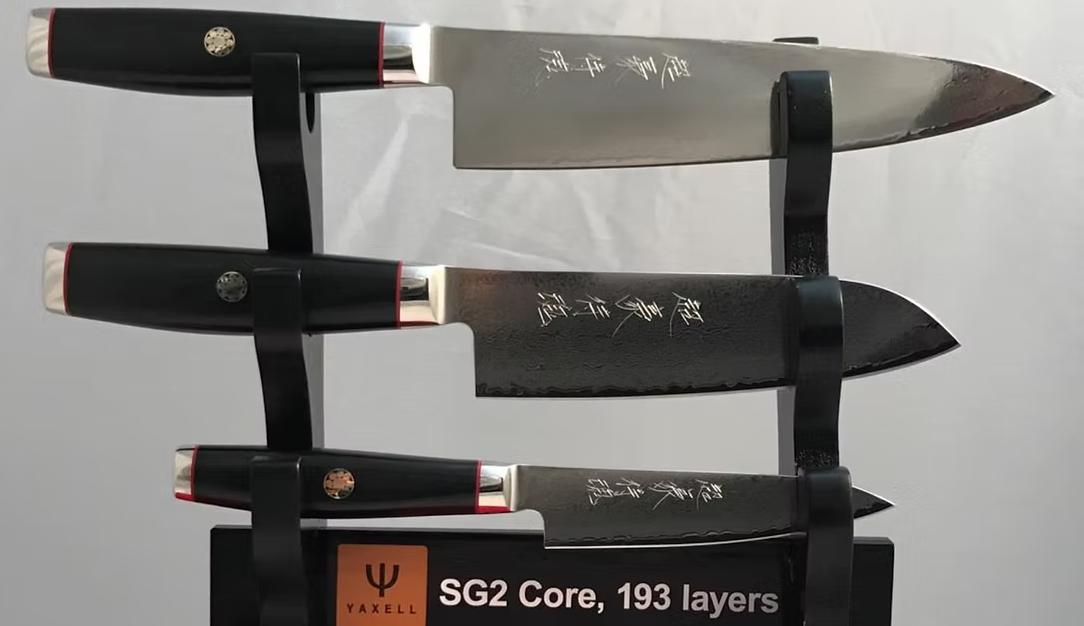
Yaxell produces a wide range of premium knives, with standout models like Ketu (SG2 core) and Hana (VG-10). Known for their balance of sharpness, durability, and corrosion resistance, Yaxell knives are praised for bringing super steels to a wider audience without sacrificing design.
- Ketu (SG2 core, 62 HRC) and Hana (VG-10, 60 HRC)
- Example: Ketu Santoku (~$150-$300), ideal for balanced performance in busy kitchens.
Which Brands Offer the Best Value for Everyday Use? (Workhorse Tier)
Professional-grade at accessible prices, balancing quality and practicality for working kitchens.
8. Tojiro DP

Widely regarded as the benchmark for value, the Tojiro DP series uses VG-10 stainless steel clad with softer steel for durability. It offers sharpness and edge retention comparable to more expensive brands, but at a much lower price point. This makes it a favorite among students, young chefs, and budget-conscious buyers.
- VG-10 core (60 HRC)
- 3-layer construction
- Industry benchmark for value
- Used in 40% of Japanese culinary schools
- DP Gyuto (8-inch, ~$80-$150), benchmark for students or budget pros needing sharpness.
9. Misono (Est. 1935, Seki)
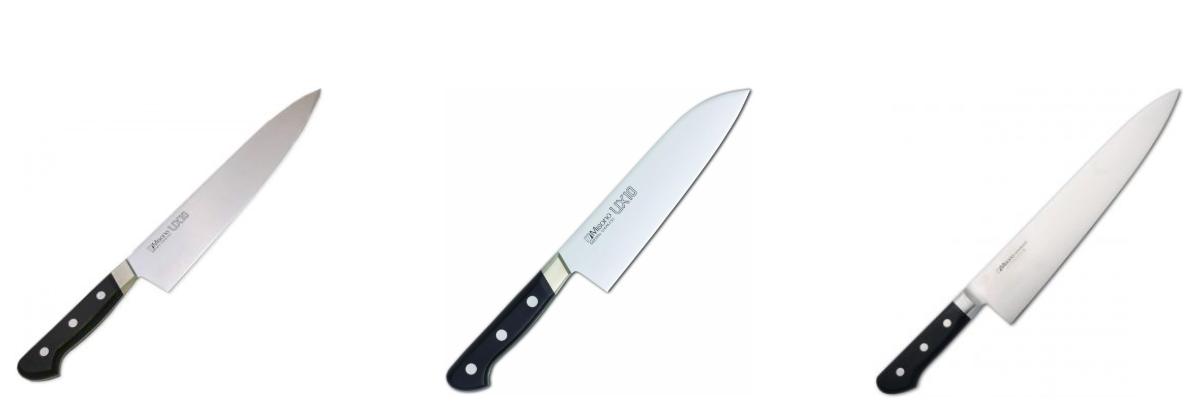
Known for both stainless and carbon-steel gyutos, Misono has earned a strong reputation in professional kitchens. The UX10 series in particular is widely used for its balance, sharpness, and clean cutting feel. A Misono carbon-steel gyuto is often praised for being easy to handle while still delivering exceptional performance.
- Stainless/carbon; UX10 (Swedish steel, 58-60 HRC).
- UX10 Gyuto (~$100-$200), favored by chefs for lightweight handling in long shifts.
10. MAC (Est. 1965)
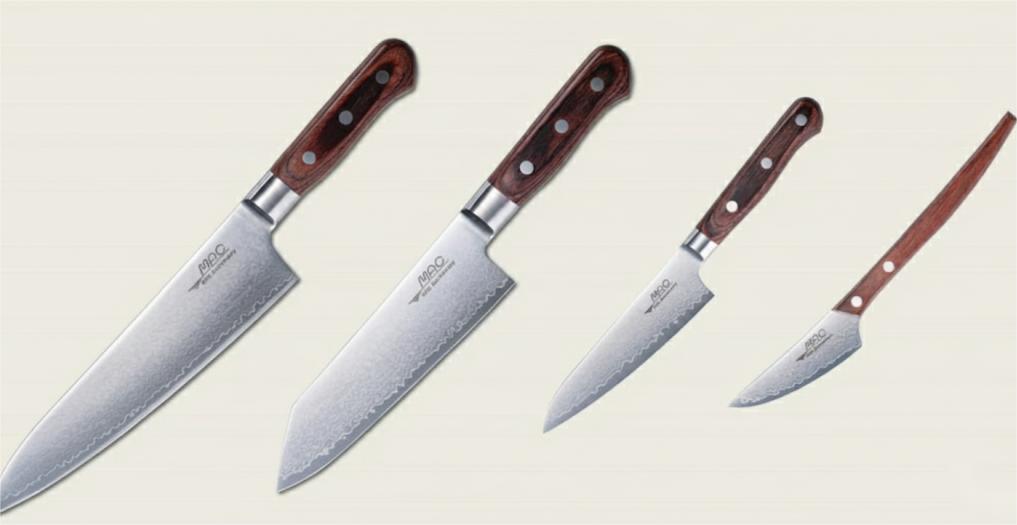
MAC knives are lightweight, razor-sharp, and designed for precision. Their popular santoku and gyuto models are frequently noted for excellent out-of-the-box sharpness and easy maintenance. Many professionals see MAC as a practical alternative to higher-priced brands.
- Hardness: 59-61 HRC
- Endorsed by culinary icons such as Thomas Keller and the late Charlie Trotter
- Price: $75-175
11. Masamoto (Est. 1866, Tokyo/Tsukiji):
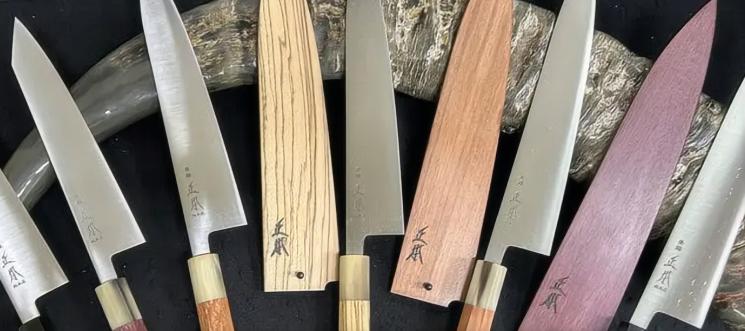
A storied name in Japanese cutlery, Masamoto is one of Japan’s most revered and influential cutlery houses, with a history stretching back to the late Edo period. It is best known for its sushi and sashimi knives. Masamoto’s carbon steel blades are highly respected among professionals and are often considered the gold standard for traditional Japanese fish knives.
- One of Japan’s most historic cutlery brands
- Specialties: Traditional single-bevel knives
- Carbon steel at 60-62 HRC for sashimi.
- KS Gyuto (~$200-$400), gold standard for fish specialists.
Which Brands Are Best for Lightweight and Low-Maintenance Needs?
12. Global (Yoshikin, Japan)
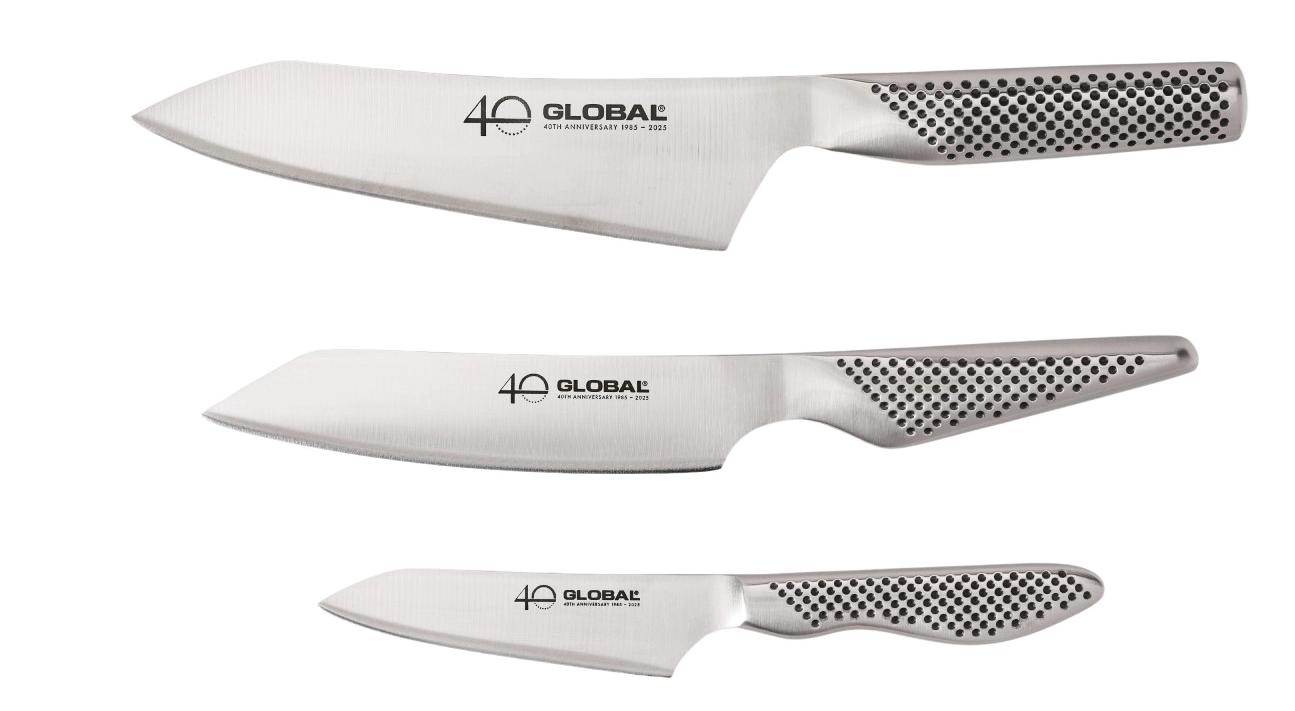
Global knives defines this category. Unlike most brands, Their knives are forged from a single piece of CROMOVA 18 stainless steel, including the handle. Their distinctive dimpled grips provide a secure, non-slip feel.
These knives are known for being:
- Extremely lightweight – reducing fatigue during long prep sessions
- Precisely balanced – comfortable for both professional and home cook
- Low-maintenance – resistant to rust, stains, and chipping
Global’s modern, all-stainless design makes it a go-to choice for users who want performance without the upkeep that carbon steels demand.
- Weight: 30% lighter than traditional knives
- Signature dimpled handle for grip
- Market leader in modern design
- Price: $80-180
Takeaway: If you value convenience and a sleek, contemporary look, Global is one of the most practical Japanese knife brands you can buy.
Which Brands Are Perfect for Beginners? (Entry-Level Tier)
These brands are designed to be affordable and easy to use, making them great options for first-time Japanese knife buyers.
13. Fujiwara Kanefusa (FKM) / Souma
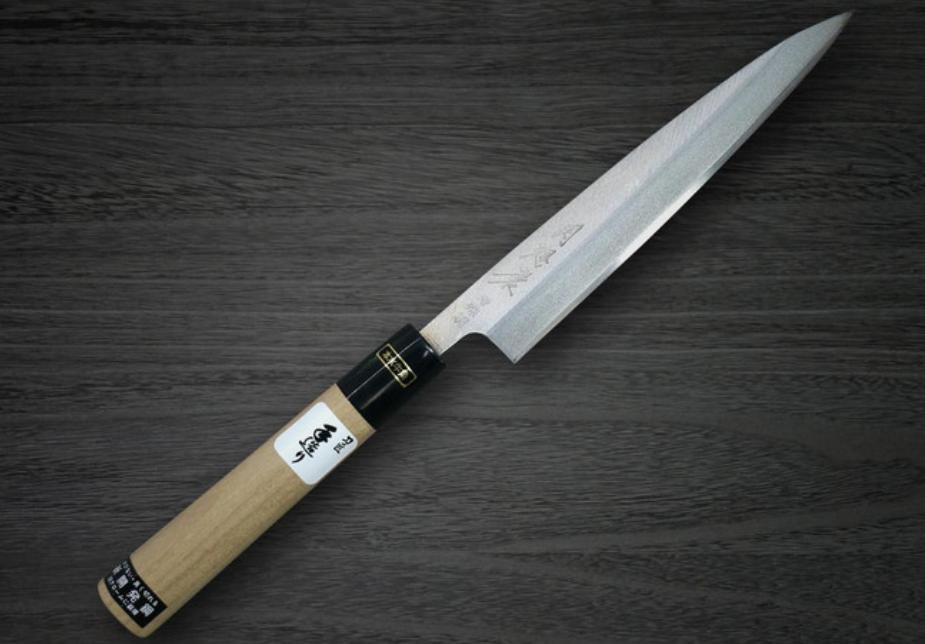
The FKM series (now rebranded as Souma) is made from AUS-8 or similar steels with simple pakkawood handles. These knives are durable, rust-resistant, and easy to sharpen, qualities that make them ideal for anyone starting their journey with Japanese cutlery.
- AUS-8 steel (58-59 HRC)
- Full tang construction
- Best seller in $50-80 range
14. Kai Wasabi
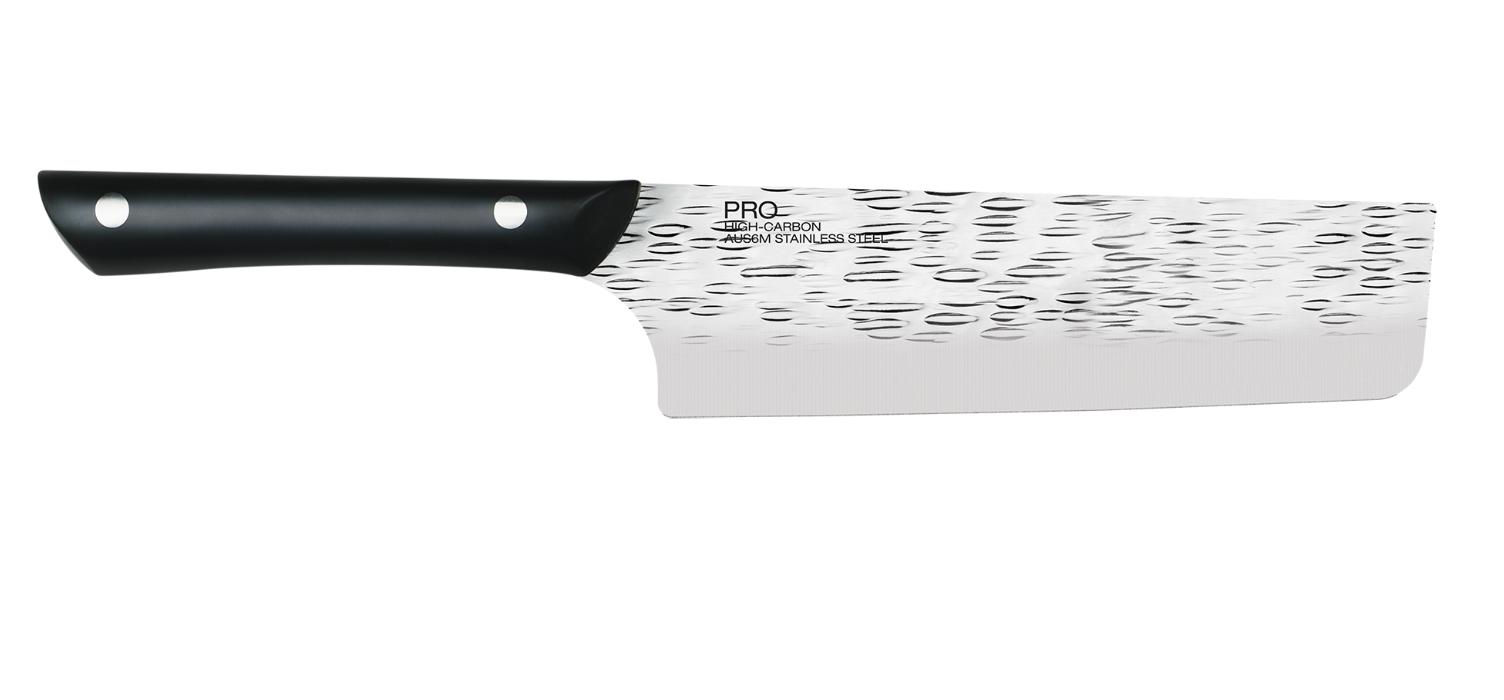
As the entry-level line from Kai, Wasabi knives feature stainless or high-carbon stainless blades paired with molded, bamboo-infused resin handles. They’re lightweight, low-maintenance, and comfortable to hold, offering a practical first step into Japanese knives without the higher price tag.
- High-carbon stainless at 58 HRC
- Bamboo-polymer handles
- Wasabi Santoku (~$40-$80), lightweight for home users.
Takeaway: Entry-level brands like Souma and Kai Wasabi provide solid performance without the high costs or maintenance demands of artisan knives, making them excellent starting points for new users.
Comparison table: Find your perfect match
| Category | Price Range | Target User | Maintenance | Example Brands (US) |
| Artisan & Hand-Forged | High ($$$$) | Collectors, Connoisseurs | High (Oiling) | Sakai Takayuki, Nenohi, Shigefusa |
| Premium Performance | High ($$$) | Pro Chefs, Enthusiasts | Medium-High | Shun, Miyabi, Kramer (Zwilling), Yaxell |
| Best Value & Workhorse | Mid ($$) | Chefs, Serious Home Cooks | Medium | Tojiro DP, Misono, MAC, Masamoto |
| Lightweight/Low-Maint. | Mid ($$) | Everyday/Easy-care | Low | Global |
| Beginner/Entry-Level | Low ($ | New Cooks, Home Users | Low | FKM (Souma), Kai Wasabi |
Choosing your supplier
Whether you’re shopping retail or sourcing for business, match the brand to your needs. There is no single “best” knife, each brand has strengths.
For example, a professional sushi chef might invest in Masamoto or Shigefusa for razor-sharp carbon blades, while a home cook might prefer the ease of a Global or Tojiro.
If you’re a retailer or OEM looking for Japanese knife wholesale suppliers, it’s important to know which brands sell well in your market. In the USA, Shun and Global are among the most widely distributed Japanese brands, but other lines like Miyabi, MAC and Tojiro also have strong followings.
If you’re ready to expand your knife business, LeeKnives can help. We specialize in OEM and ODM manufacturing, wholesale supply, and dropshipping solutions.
From sourcing high-quality blades to building private-label collections, our team handles the production and logistics so you can focus on sales.
Start your knife business with confidence, reach out to LeeKnives today for a free quote and tailored sourcing plan.
FAQs
What is the best gyuto knife?
There’s no single answer, the “best” depends on budget and use. Popular choices among chefs include high-value workhorses like the MAC Professional or Misono UX10 Gyuto, and premium picks such as the Shun Classic or Miyabi Artisan.
A Misono carbon-steel gyuto is often praised for being exceedingly sharp and easy to handle for its price.
Beginners may start with Tojiro or MAC for affordability and ease, while professionals might invest in Shun or Miyabi for extra edge longevity.
Shun vs. Miyabi: which is better?
Both Shun (Kai) and Miyabi (Zwilling) are premium Japanese knife brands with strong reputations. They share many similarities, such as traditional multi-step forging, full-tang construction, and high-quality stainless steels.
The main differences often come down to aesthetics and feel. Shun knives usually feature pakkawood handles, while Miyabi models may use birchwood or composite materials.
Miyabi blades are often slightly pricier for comparable models. Performance is comparable, neither is “better” across the board. The right choice depends on which handle and blade style feels best in your hand.
What’s the difference between single-bevel and double-bevel knives?
A single-bevel knife is sharpened only on one side of the blade, with the other side flat or hollowed. Traditional Japanese knives like the yanagiba (sashimi knife) and usuba (vegetable knife) use this design.
Single-bevel blades excel at ultra-precise cuts but require skill to use, as they pull to one side and are made specifically for right- or left-handed users. A double-bevel knife is sharpened on both sides, like most Western knives.
They are versatile, forgiving, and suited for everyday kitchen tasks. In short: single-bevel knives are specialized for precision; double-bevel knives are all-purpose and easier to handle.
Which Japanese knife brand is most popular in the USA?
In the U.S., Shun and Global are among the most widely recognized and best-selling Japanese brands. Shun benefits from strong retail presence and marketing, while Global stands out with its distinctive all-stainless design.
Other popular names include Miyabi, MAC, Tojiro, and Misono. Although not Japanese, the Victorinox Fibrox is often included in discussions as a reliable, budget-friendly alternative.
Where can I buy Japanese knives wholesale?
For wholesale or bulk orders, businesses can work with specialized importers and distributors. Many suppliers handle Japanese kitchen cutlery for retailers and restaurants.
LeeKnives is one such wholesaler, offering bulk pricing, private labeling, and guidance on top brands and models.
Alternatively, you can contact official distributors of brands like Shun or Global directly. Always confirm that a supplier is authorized to ensure authenticity, warranty support, and consistent quality.
